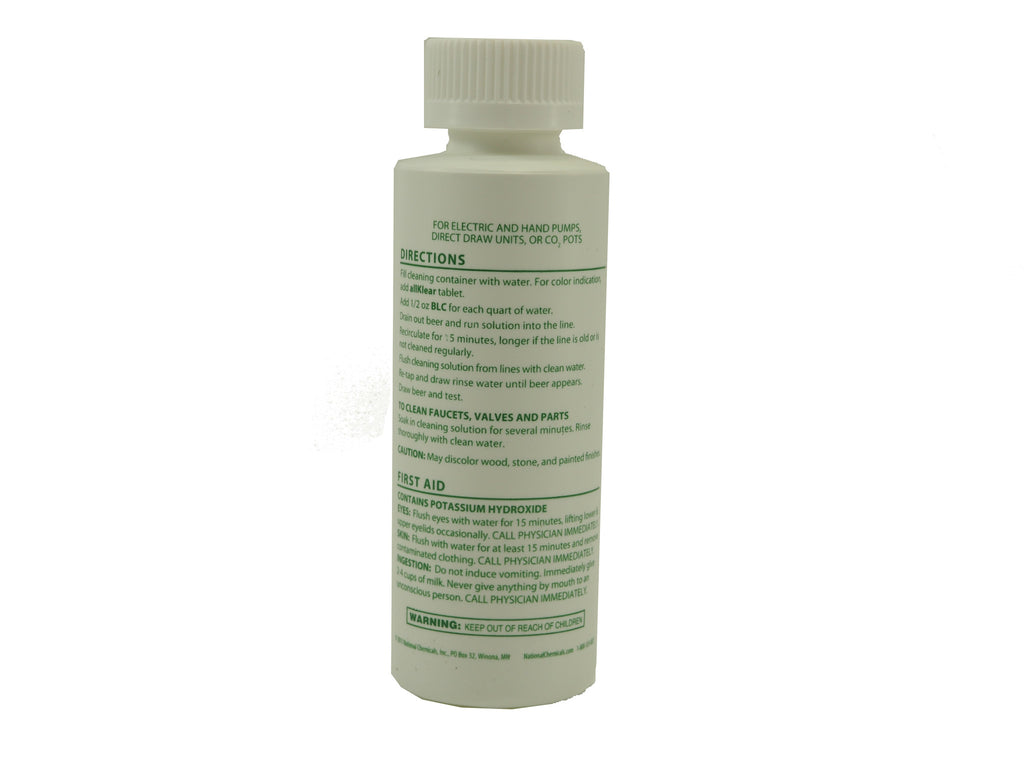The safest thing is to not use Starsan. Use something like Beer Line Cleaner which is meant to be in contact with this equipment.
Beer line cleaner is not a sanitizer, it's a cleaner, there is a difference. One could argue you're being less safe since you could be harbouring microorganisms in your lines! I'm being a bit facetious, there shouldn't be anything growing in your lines that isn't in your beer unless you're leaving them empty and exposed to atmosphere.
If you're really worried about it, you could use IOstar or one of the other non-acid sanitizers out there. I'm not 100% sure IOstar isn't acidic though, it's just the only other sanitizer that comes to mind
With respect to @sctcts you can find anyone on the Internet willing to tell you what you want to do is fine. It might be that you'd get away with it.
Lol true, I did mention it was in my experience. This is a forum, basically everything is anecdotal and should be taken with some question.
















































![Craft A Brew - Safale BE-256 Yeast - Fermentis - Belgian Ale Dry Yeast - For Belgian & Strong Ales - Ingredients for Home Brewing - Beer Making Supplies - [3 Pack]](https://m.media-amazon.com/images/I/51bcKEwQmWL._SL500_.jpg)









